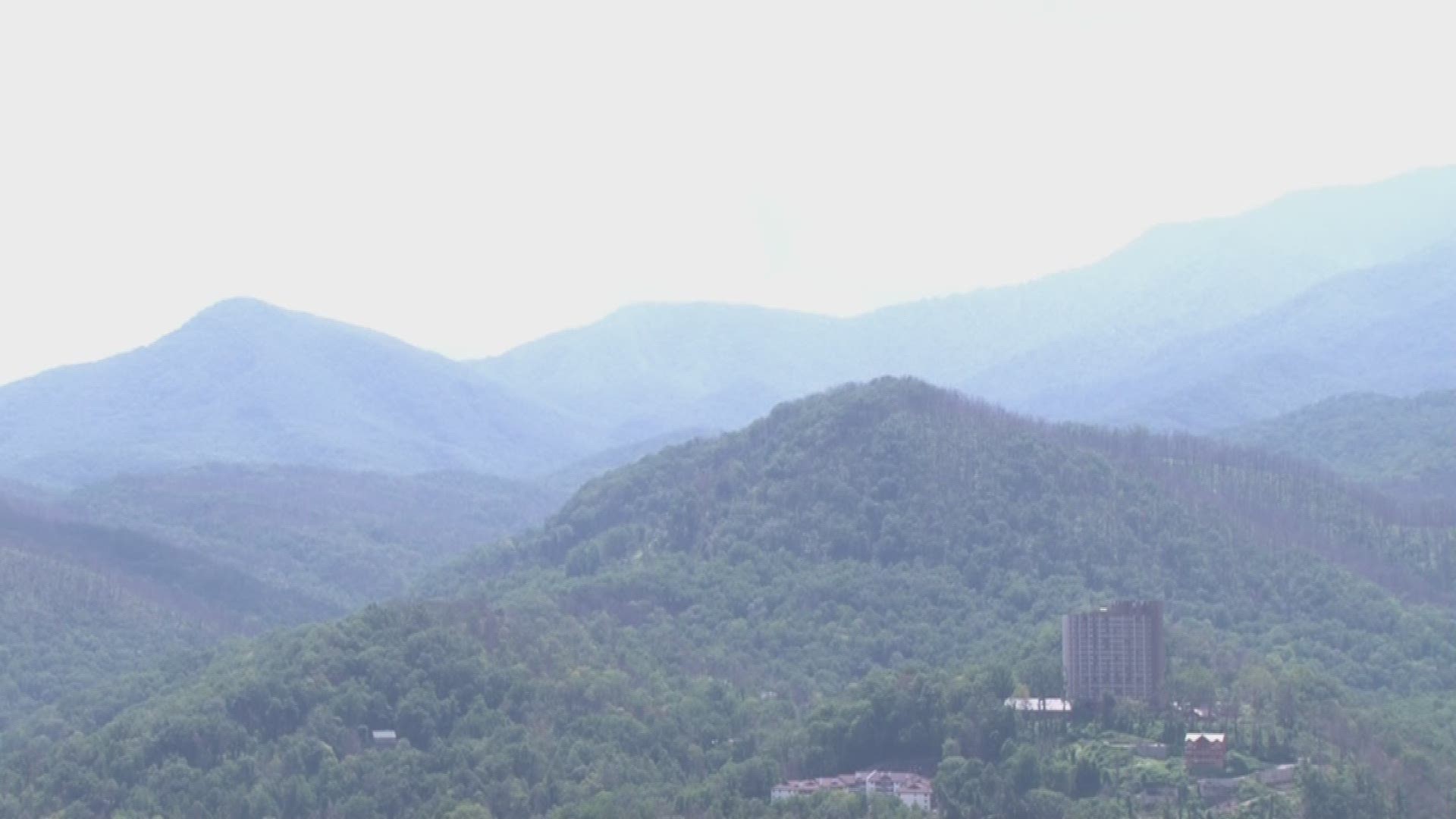A new study said the Great Smoky Mountains National Park has higher ozone than the city of Philadelphia, but an air quality specialist there said the study's data doesn't tell the whole story.
Jim Renfro has been the park's air quality specialist for thirty years.
"When I got here, air quality was not good," he said.
Back then, park visibility was sometimes as low as nine miles.
"You couldn't see the park, say from Sevierville on just about every summer day."
Much of that pollution was from coal-fired power plants that released particles into the air and that caused problems beyond just the haze.
"What goes up kind of comes down and gets into our soil," he said.
Renfro said, in his time at the park, the air quality has gotten a lot better. The change comes in part because of new EPA regulations on power plants emissions.
"That's had a huge impact, even visually on haze levels." He said since the new regulations, haze levels have decreased more than 150 percent.
The study, which puts pollution in the park on par with Philadelphia, doesn't take into account this progress, he said. It measures from the early nineties when pollution was at its peak.
"Millions of tons of sulfur and nitrogen have been reduced over the past twenty years," he said. "The average typical day is where you can see green mountains and blue sky. That was an exception 20 years ago."
Renfro still keeps close track of the air in the park. Seven monitoring stations record the pollutant levels around the clock.

